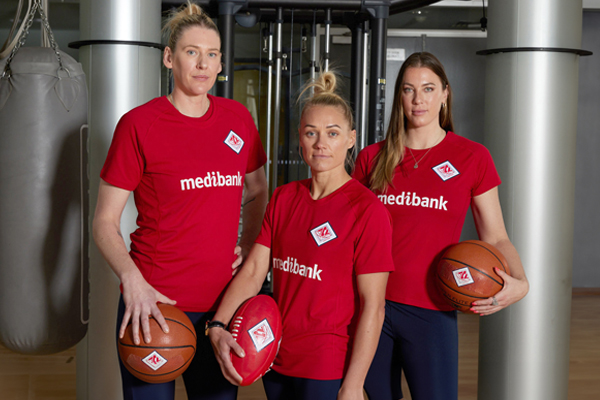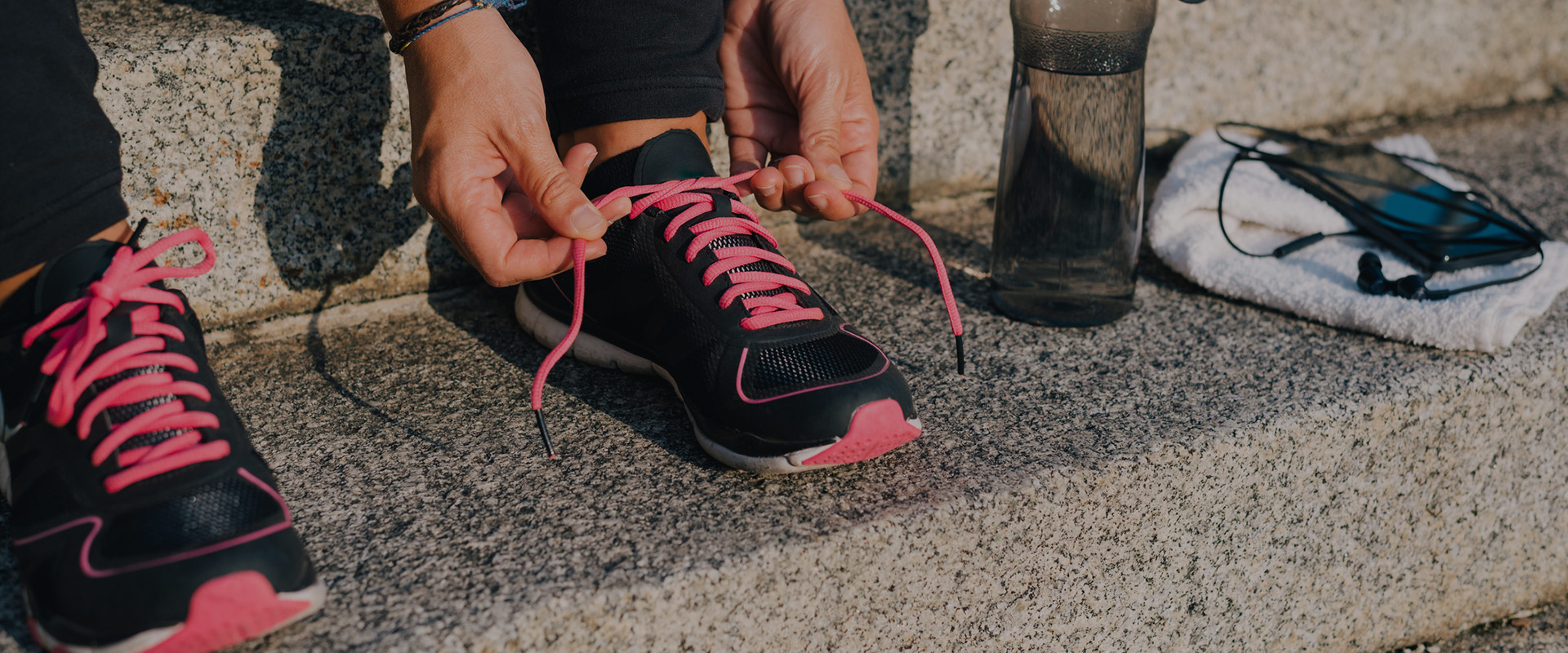-
As the weather cools off and we head into autumn, it’s important to get grounded and nourish your body. A huge movement in the modern yoga world today is yin yoga.
A gentle approach to opening your body, yin yoga provides a beautiful balance to offset the vigorous Vinyasa or hot, strong styles. Dynamic yoga styles have amazing benefits and are essential in many ways, but they must also be complemented by a gentle physical practice.
Vinyasa (or yang) styles of yoga focus on the general wellbeing of contractile elements in the body, like muscles and tendons. It builds muscle strength and endurance, and also builds bone density. Gentler styles such as yin yoga focus on non-contractile elements such as fascia, ligaments and joint capsules.
You may have heard that you should not under any circumstances stretch ligaments. This is correct and good advice, but we should stress them regularly with the goal of keeping them healthy.
A yin style of yoga asana practice will give you a deeper and subtler experience in your body and over time, bring you closer to feeling the very subtle changes that occur when holding a posture for a long time. You can, if you are aware, actually feel the change from contractile tissue stretching, to feeling it relax and the tension being taken up by ligaments, fascia and joint capsules.
If this is done very gently, it is very healing for the body, because it brings pressure to these non-contractile tissues and allows them to be slowly stressed and safely stretched to accommodate a more balanced feeling, physically and energetically in the body.
"The poses need to be held for much longer and the stretch will initially be subtler."
This practice focuses on a deeper release of connective tissue and is not aimed so much at building muscle strength. The poses need to be held for much longer and the stretch will initially be subtler, as we should not use the same energy or force that we would feel in the stronger style.
Rather than contracting a stretching muscle and protecting joints through engaging, in this practice we want to relax completely into the pose, relaxing the target stretching muscles and joint areas.
Yin yoga poses to try
Here are three yin poses that can be done daily to target different areas of the body. You don’t want to stretch too much into the joints, as it will damage the ligaments and joint capsule structures, but we do want to stress the areas gently to stimulate blood flow and general energetic wellbeing.
1. Butterfly pose
This pose works on stretching and stressing the outer thigh, inner groin, lower back and spinal muscles, tendons, fascial sacks and ligaments of the spine and hip region. Hold the pose for five minutes. Modify by doing less range (sit up more or place a block or pillow under your chest to reduce and stress on the neck or mid-back).
2. Chest stretch
This pose works on stressing and stretching the chest muscles, fascial sacks and ligaments of the shoulder. When working with shoulders, it is important to be gentle as the mobility of the shoulder joint is increased but the stability is reduced. So allow a gentle pressure in the target area of the chest and allow a gentle opening.
Hold the pose for three to four minutes on each side. Modify the pose by reducing your range (use a block or pillow under your head to reduce any stress on the neck).
3. Seal pose
This pose works on extending the spine and allows a stretch down the front side of the body, including the hip flexors and abdominals. The skeletal variation in the spine between people is vast, so some of us will bend backwards easily and others won’t have the bones for it. Use your common sense to know if it is right for you.
It is a long hold so be gentle here – the spinal joints are complex and very important so err on the side of caution. Hold the pose for two to four minutes – vary as needed especially if you’re new to long holds.
Modify the pose by propping the belly on a pillow or bolster. Feel free to bend the elbows and do the pose of your forearms, or alternate between each of them. Make sure the spine is super comfortable, so once the reality sets in of such a long hold you can remain there and “be” with intensity, without reaction.
Learn more about yoga at powerliving.com.au
The benefits of yin yoga

-
Everything you need to know about parkrun
Been wondering what a parkrun looks like? Where do you go? What do you do? How do you sign up? Find out here.
-
Five ways to exercise when on a budget
You don’t need to spend money on gym memberships just to meet your fitness goals. Here are five free ways to stay healthy and active when you’re living on a budget.
-
How parkrun changed my life
Christie Farrow went from being an exercise-phobe to a true blue runner with parkrun.
-
Australia's top female athletes unite on ACL injury
Some of Australia's most talented athletes have joined forces to highlight the unique injury challenges women face.
-
How to create your perfect summer fitness plan
Be inspired by the sunshine and get moving
-
The essential foam rolling routine
Improve posture and flexibility with this essential foam rolling routine. Discover effective stretches to ease muscle tightness and enhance your daily movement.
Subscribe to receive the best from Live Better every week. Healthy recipes, exercise tips and activities, offers and promotions – everything to help you eat, move and feel better.
By clicking sign up I understand and agree to Medibank's privacy policy






